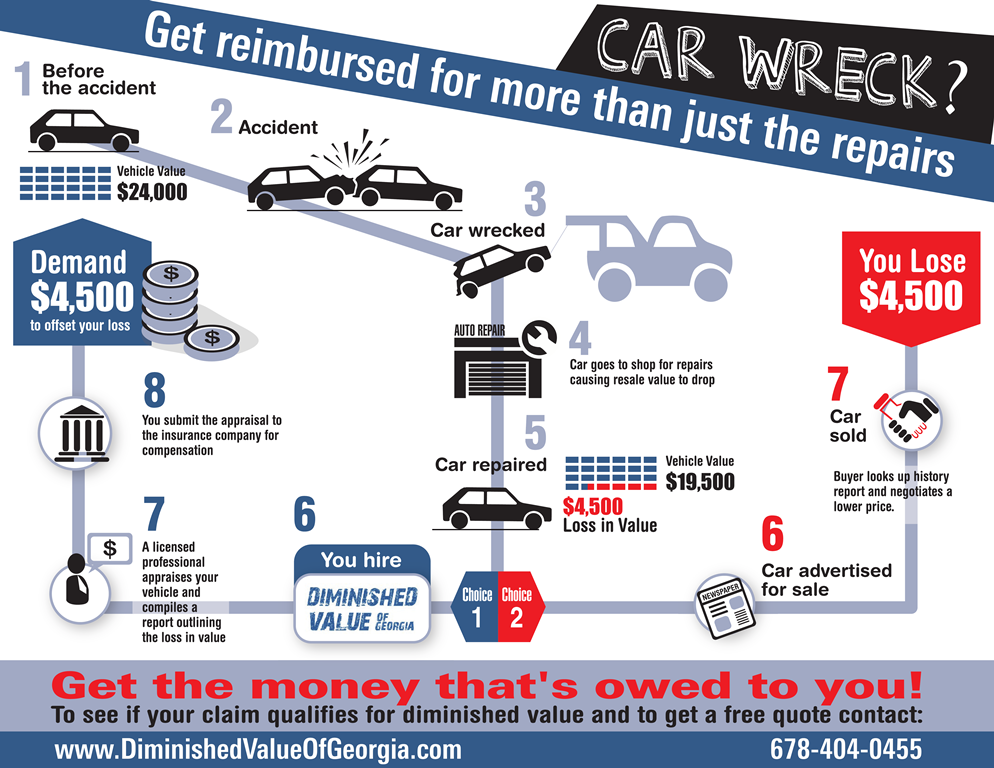Wondering About The Definition Behind Those Control Panel Caution Lights? Gain Understandings Right Into Their Implications For Your Vehicle'S Safety And Security And Upkeep
Wondering About The Definition Behind Those Control Panel Caution Lights? Gain Understandings Right Into Their Implications For Your Vehicle'S Safety And Security And Upkeep
Blog Article
Suggested Online site -Sykes Stark
When you lag the wheel, those radiant caution lights on your dashboard can be a little bit difficult. Do you recognize what they're attempting to inform you concerning your vehicle's wellness? Understanding the importance of these lights is crucial for your security and the long life of your car. So, the next time among those lights appears, wouldn't you wish to decipher its message accurately and take the needed steps to resolve it?
Common Caution Lighting and Interpretations
Recognize usual caution lights in your vehicle and recognize their significances to make sure safe driving.
The most common caution lights include the check engine light, which signifies issues with the engine or discharges system. If this light begins, it's critical to have your automobile examined immediately.
The oil pressure alerting light indicates low oil pressure, needing immediate interest to prevent engine damages.
A blinking battery light might suggest a damaged billing system, possibly leaving you stranded otherwise resolved.
The tire stress surveillance system (TPMS) light notifies you to reduced tire pressure, affecting vehicle security and fuel performance. Disregarding this can result in hazardous driving conditions.
The abdominal light shows an issue with the anti-lock braking system, jeopardizing your ability to quit swiftly in emergencies.
Last but not least, the coolant temperature level advising light warns of engine overheating, which can result in severe damages if not resolved quickly.
Recognizing these typical caution lights will certainly aid you attend to concerns promptly and preserve secure driving problems.
Value of Prompt Focus
Comprehending the usual warning lights in your vehicle is just the initial step; the relevance of without delay attending to these warnings can't be stressed sufficient to guarantee your safety when driving.
When a caution light illuminates on your control panel, it's your car's means of communicating a potential issue that requires focus. Overlooking these cautions can cause more serious troubles later on, endangering your safety and security and potentially costing you a lot more in repairs.
Prompt attention to alerting lights can prevent break downs and accidents. As an example, a flashing check engine light can indicate a misfire that, if left neglected, could create damages to the catalytic converter. Resolving this promptly can save you from a pricey fixing.
Similarly, Read the Full Article advising light might indicate low brake liquid or worn brake pads, critical elements for your security when driving.
Do It Yourself Troubleshooting Tips
If you notice a caution light on your control panel, there are a couple of do it yourself fixing pointers you can attempt prior to seeking specialist help.
The first step is to consult your auto's manual to recognize what the specific warning light indicates. Occasionally the concern can be as simple as a loosened gas cap setting off the check engine light. Tightening up https://www.repairerdrivennews.com/2022/06/17/state-farm-says-it-will-test-expanded-use-of-aftermarket-parts-in-texas-oklahoma/ might solve the issue.
Another common issue is a reduced battery, which can trigger different alerting lights. Inspecting the battery links for corrosion and guaranteeing they're secure may repair the problem.
If a warning light lingers, you can try resetting it by separating the cars and truck's battery for a few mins and after that reconnecting it. In addition, checking your automobile's fluid levels, such as oil, coolant, and brake fluid, can aid repair alerting lights related to these systems.
Conclusion
In conclusion, comprehending your cars and truck's warning lights is necessary for maintaining your car running smoothly and safely. By immediately attending to these informs and understanding what they imply, you can avoid costly fixings and possible break downs.
Remember to consult your automobile's handbook for certain information on each advising light and take action appropriately to make certain a trouble-free driving experience.
Keep notified, remain safe on the road!
